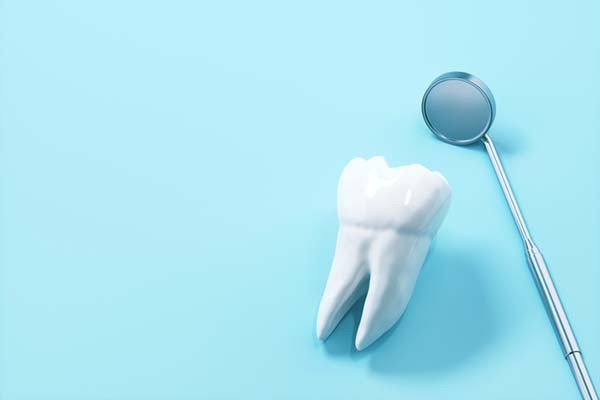What does a cavity look like?
- Reviewed by Tien Jiang, DMD, MEd, Contributor; Editorial Advisory Board Member, Harvard Health Publishing

Cavities, also known as tooth decay or dental caries, are a widespread oral health problem: about 90% of adults have had at least one cavity. Left untreated, cavities can lead to toothaches and other dental problems.
Being familiar with the signs and symptoms of cavities and making regular visits to the dentist can help spot and treat cavities before they cause pain, affect your daily life, and (in severe cases) contribute to more serious health problems.
Good dental health and dietary habits can also help prevent cavities from forming in the first place.
What is a cavity?
When you eat, a sticky film called plaque forms along your gums and on your teeth. If not brushed away, the bacteria that form in the plaque will produce acids when your mouth encounters sugars and starches from the foods you eat or beverages you drink. It's these acids that break down the enamel, or outer layer of your teeth. Over time, a small hole, or cavity, can form.
What do cavities look like?
In early stages, tooth decay can appear as white, brown, or black spots on the tooth. In more advanced stages, tooth decay leads to holes forming in the tooth, or the cavity. If left untreated, more extensive decay can progress toward the center of the tooth where the nerve is. This can lead to pain, infections, fractures in the tooth, or even tooth loss.
Your dentist will look for visual signs of cavities such as discoloration or holes in your teeth. They will check your teeth for soft or sticky areas, which can also indicate cavities. In addition, they may take x-rays, which can reveal cavities and decay in between teeth or under the gums.
Symptoms that might mean you have a cavity
There are usually no symptoms in the early stages of tooth decay. But as tooth decay progresses, forming cavities, you may experience the following:
- toothache, or tooth pain
- tooth sensitivity to eating or drinking something that is sweet, hot, or cold
- visible spots or holes on your tooth or teeth
- bad breath.
How your dentist will treat a cavity
The treatment will depend on the stage of tooth decay. If a cavity has not yet formed, the enamel may be able to repair itself. To help your teeth remineralize (or replace the minerals lost through acid attack), your dentist may apply a fluoride treatment to your tooth or teeth, in addition to prescribing you a fluoride toothpaste for use at home.
If the tooth decay has progressed to a cavity, it can still be fixed. In this case, your dentist will likely do a dental procedure in which the decayed material is removed and then the hole in the tooth is filled with a tooth-colored (composite) or silver-colored (amalgam) filling. If you have extensive decay, your dentist may recommend a range of treatments such as crowns, root canals, or tooth extractions.
Your dentist may also discuss dietary and dental hygiene habits with you to prevent further tooth decay.
Preventing cavities
These eating and drinking habits should reduce your chances of developing cavities:
- Try not to snack between meals, as this limits the acid attacks on your teeth.
- Avoid eating candy, cookies, and other sweets.
- Limit sticky and starchy food as well, not just sweets.
- Limit or avoid sugary drinks such as soda or fruit drinks.
- Don't eat after brushing your teeth at night; saliva production slows during sleep, so it's less likely to fight off acids.
- If you don't have time to brush after eating or drinking, rinse your mouth with water and/or chew sugar-free gum to stimulate your saliva.
Good dental hygiene also helps prevent cavities. Be sure to:
- Brush your teeth at least twice a day for two minutes each time with a fluoride toothpaste.
- Floss between teeth daily with floss or an interdental cleaner/brush.
- Use a fluoride rinse after brushing.
Finally, visit your dentist for regular cleanings and dental check-ups. They may recommend a personalized home hygiene regimen depending on your overall health, cavity risk, and dental status.
About the Author

Jenette Restivo, Health Writer; Assistant Director for Digital Content Creation and Engagement, Harvard Health Publishing
About the Reviewer

Tien Jiang, DMD, MEd, Contributor; Editorial Advisory Board Member, Harvard Health Publishing
Disclaimer:
As a service to our readers, Harvard Health Publishing provides access to our library of archived content. Please note the date of last review or update on all articles.
No content on this site, regardless of date, should ever be used as a substitute for direct medical advice from your doctor or other qualified clinician.















